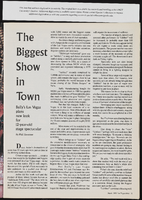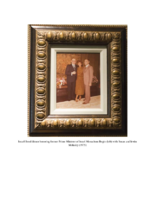Search the Special Collections and Archives Portal
Search Results
Audio clip from interview with Rabbi Mel Hecht, March 17, 2016
Date
Archival Collection
Description
In this audio clip, Rabbi Hecht talks about growing up in Hialeah, Florida, and an incident with a Christian boy in his neighborhood.
Sound
Audio clip from interview with Arne Rosencrantz by Barbara Tabach, February 18, 2015
Date
Archival Collection
Description
Part of an interview with Arne Rosencrantz on February 18, 2015. In this clip, Rosencrantz discusses his family heritage, childhood, and living in Las Vegas.
Sound
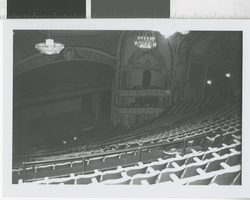
Photograph of the interior of the Shubert Theatre, Cincinnati (Ohio), 1970
Date
Archival Collection
Description
Image
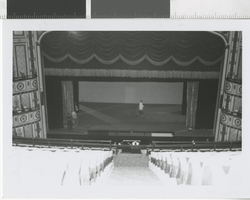
Photograph of the stage area of the Shubert Theatre, Cincinnati (Ohio), 1970
Date
Archival Collection
Description
Image
Collection on the Las Vegas, Nevada Jewish Community
Identifier
Abstract
The Collection on the Las Vegas, Nevada Jewish Community spans from 1964 to 2006 and is comprised of scrapbooks, genealogies, ephemera, and other material produced by or for the community. The Hadassah scrapbooks date from 1964 through 1971 and contain invitations, photographs, and records of events and fundraising efforts. Material related to various congregations includes bulletins, fliers, correspondence (form letters), photographs, newspaper clippings, and recorded media. The Jewish Genealogy Society records include bulletins, newsletters, and meeting agendas. Also included is a family genealogy.
Archival Collection
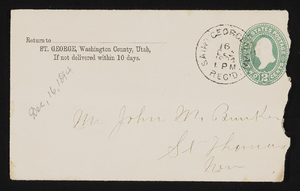
Letter and envelope from Martin A. Bunker St. George, Utah. to John M. Bunker, St. Thomas, Nevada
Date
Archival Collection
Description
From the Syphus-Bunker Papers (MS-00169). The folder contains an original handwritten letter, an envelope, a typed transcription of the same letter, and a copy of original letter attached. Letter and original title say "M.A. Bunker", but there is correspondence with other letters and folder titles "M.A". Bunker may be "Martin A. Bunker".
Text



